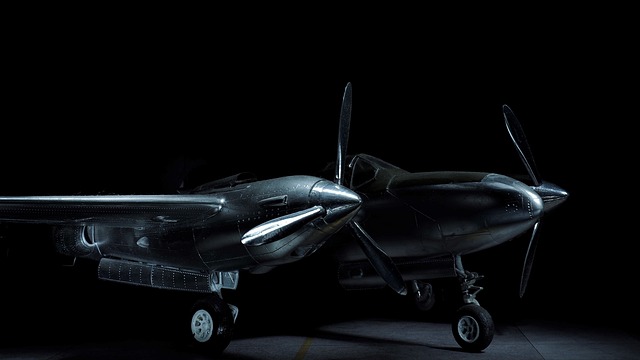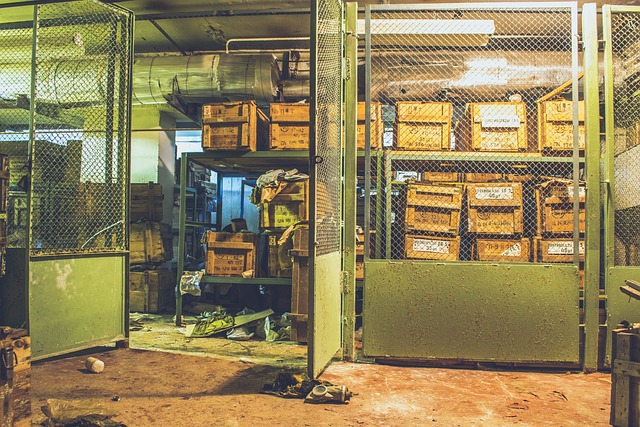Light painting is a mesmerizing photography technique that combines creativity, imagination, and technical skills to create stunning visual art. At its core, light painting involves using a camera’s long exposure settings to capture the trails of light produced by various light sources. Whether you’re an experienced photographer or just starting, mastering light painting can significantly elevate your photographic repertoire.
The beauty of light painting lies not only in the final image but also in the process itself. It invites you to step outside of your comfort zone and encourages a playful exploration of light and shadow. When you hold your camera in one hand and a light source in the other, you become a painter in a dark canvas, turning ordinary spaces into imaginative realms. With each stroke of your light, whether it’s a flashlight, LED whip, or even sunlight, you can evoke emotions and tell stories through your photographs.
To get started with light painting, you need a few essential tools. A camera capable of manual settings is crucial. DSLRs and mirrorless cameras often work best, allowing you to adjust the ISO, aperture, and shutter speed to your preference. Next, a sturdy tripod is vital for keeping your camera steady during those long exposures, which can range anywhere from a few seconds to several minutes. Don’t forget extra batteries and a flashlight or other light sources, as they will play a central role in your creative endeavors.
When setting up your shot, experiment with different settings. A lower ISO will help reduce noise in your images, while a wide aperture allows more light into the camera, yielding brighter photos. Keep in mind that the essence of light painting is in the contrast. Dark backgrounds will make your light trails stand out more vibrantly, so consider heading outdoors after sunset or choosing a dimly lit indoor space.
The best part about light painting is that there are no stringent rules. It’s all about creativity and self-expression. Try using glow sticks, sparklers, or even your smartphone’s flashlight. You can create abstract shapes, trace outlines of objects, or even draw figures and characters, turning your vision into reality. With practice, you’ll refine your technique, learning to anticipate how light will move and blend with your surroundings.
As you delve deeper into light painting, consider experimenting with different optics. Using a prime lens can provide sharp focus, while a wide-angle lens captures more of the scene, allowing you to explore the surrounding environment as part of your composition. Additionally, incorporating elements such as backlighting or spotlighting can produce unique effects, enhancing the overall aesthetic of your photos.
Sharing your light painting adventures on social media can also be incredibly rewarding. It provides an opportunity to connect with a community of passionate photographers who can offer tips, encouragement, and inspiration. Whether you’re posting your favorite shots or asking for feedback on your latest project, engaging with others can ignite your creativity even further.
Light painting is more than a photography technique; it’s a wonderful blend of art and science, inviting you to explore the world of image-making in an entirely new light. As you immerse yourself in this captivating practice, remember that the only limit is your imagination. Grab your camera, turn off the lights, and let your creativity shine!


